As an Amazon Associate I earn from qualifying purchases.
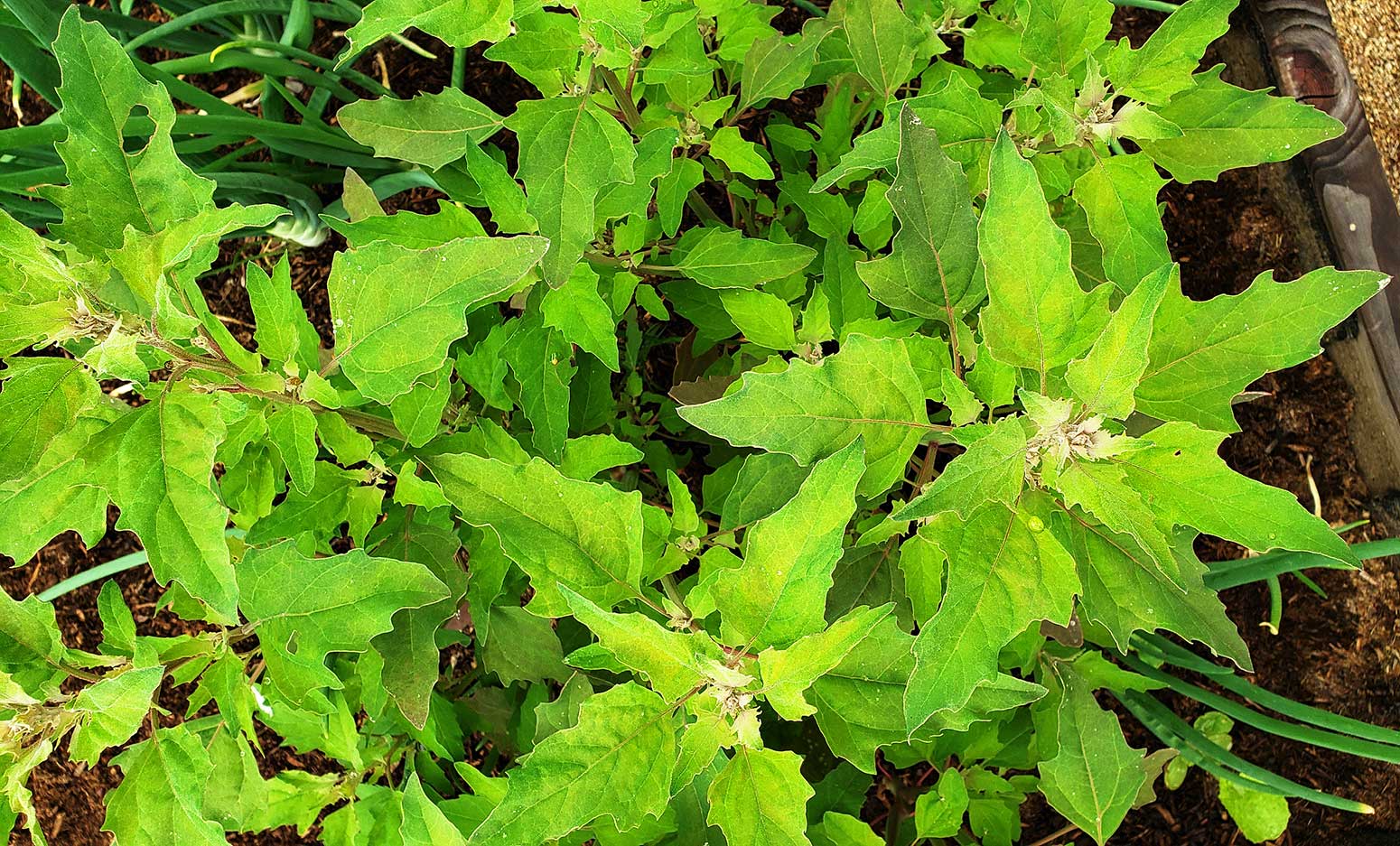
Quelites are what Mexicans call wild greens, and there are a lot of them — all worth your time to get to know. Many we consider weeds here in the United States, and some may be living in your yard right now.
Pronounced “keh-LEE-tays,” quelites are widely eaten all over Mexico. I have a series of cookbooks from Mexico that feature the common cuisine in each of their 32 states, and quelites feature in every one of them. Other than perhaps the Greeks, no culture I know of makes more use of wild edible greens than the Mexicans.
This is, no doubt, because their use long predates the arrival of the Spanish in 1512. The word quelite is of Nahuatl origin, which is the language of the Aztecs and their neighbors in central Mexico. It means, as you might imagine, “edible herb.”
So what are we talking about? Mostly edible weeds many of you are already familiar with: purslane, pigweed and lambsquarters. But there are many others, some common, a few obscure. I’ll walk you through them all: Names, uses, and most importantly, how to get quelites seeds if you want to grow them in your yard.
I’ve already written about lambsquarters, which are called huauzontles in Mexico. And I’ve also written about epazote, which is an herb, not a stewing green. I’ve also covered some American edible wild greens, like dandelions, chicories and prickly lettuce. And here is an entire post on purslane.

Suffice to say here that you will likely see purslane somewhere near you, often in your garden beds, whether you like it or not. It is a warm weather plant, just now germinating as I write this in late April here in Sacramento. It is totally edible, so much so that cultivated forms exist. You can buy purslane seeds here.
Lambsquarters is another common one you may or may not already have in your yard. Check the link above for detailed information, but if you want to grow it, I recommend the cultivated variety huauzontles because the leaves are larger. Here are seeds for that.
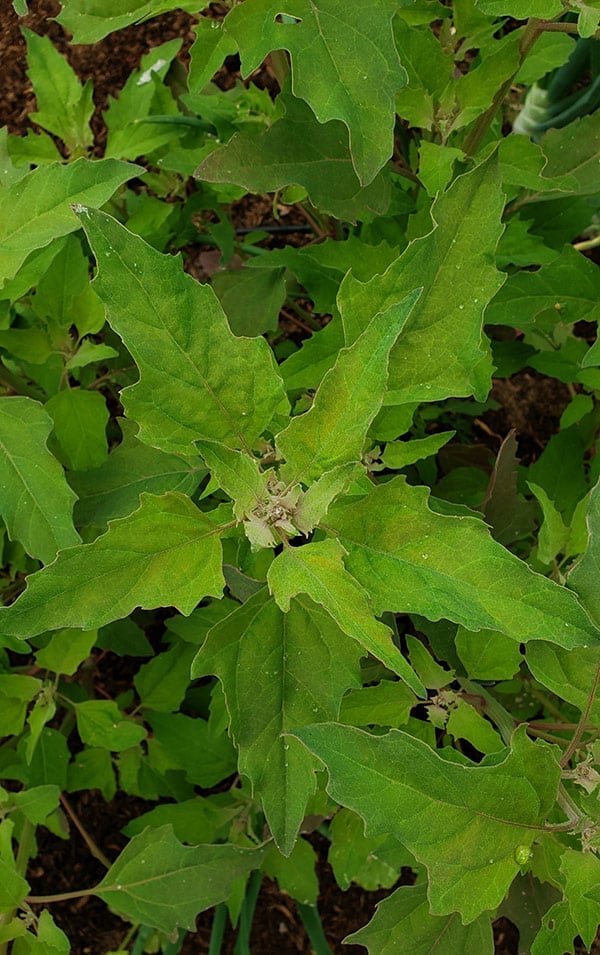
The general family is the Chenopods, and they include buckets of species, all edible. Lambsquarters is C. album, known as quelites cenizo in Mexico, and the huauzontles are C. nuttalliae. Incidentally, it’s the young seed heads that are mostly eaten with huauzontles, battered and fried like fritters.
Latin names aside, you should definitely be familiar with at least one chenopod: Quinoa. Epazote is also in this family.
Their cousins are the Atriplex clan, the saltbushes and oraches. My absolute, all-time favorite quelites are an atriplex species, Atriplex hortensis. I know them as Chamisal quelites, named for the area of New Mexico they are from.
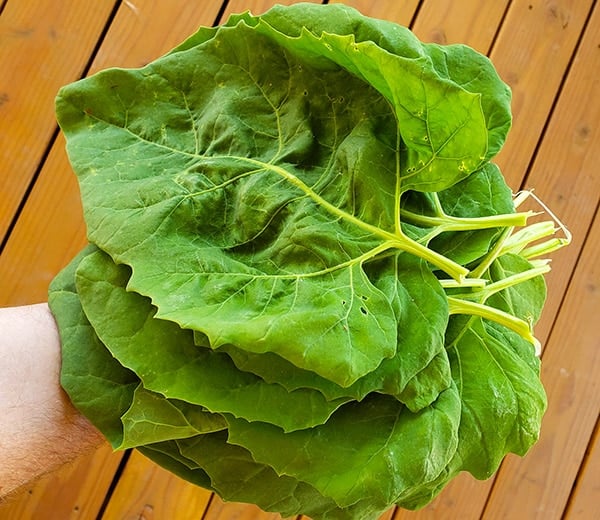
Now, pigweed. Lots of plants go by this name, but here I am referring to amaranth, which is any one of the zillions of Amaranthus species. Some are used as grain — they have lots of little seeds, and the grain varieties will have larger ones.
But here I am talking about the varieties used for their large leaves. The one I really like is actually Asian, and it’s called white leaf amaranth, Amaranthus mangostanus. In Mexico, you’ll see amaranth sold as quintoniles.
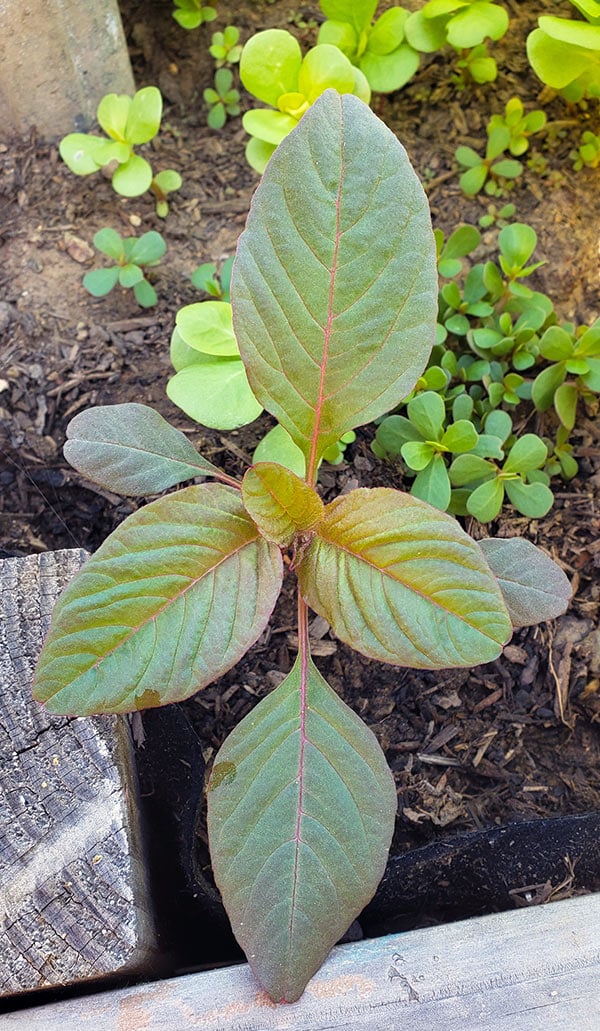
I can almost guarantee you that some species of pigweed grows near you.
One other wild green used in Mexico you are also probably familiar with: watercress. Yep, it grows in high mountain streams in Mexico, as it does here in the United States, and it is a welcome addition to any plate of greens. Hell, you can find it in many supermarkets here.
One word of caution if you are foraging for watercress: Unless you are at very high elevations, you will want to cook it. Otherwise you risk a rip-roaring case of “beaver fever,” a/k/a giardia.
There are a couple more esoteric wild greens that will grow here in the United States: chipilin and chaya. Both are more plants more associated with the Maya than the Aztecs, and are more tropical. Chaya’s Latin name is the unpronounceable Cnidoscolus aconitifolius, and we call it tree spinach in English. I have a plant growing in my yard, but it’s struggling here in NorCal.
I’ve never been able to successfully grow chipilin, Crotalaria longirostrata. Both chipilin and chaya are tasty, and you can find them in Latin markets.
Everything I’ve mentioned so far is a spinach substitute. But that’s only to put you in the right frame of mind. In reality, every one of these quelites are superior in every way to spinach. They are denser, meatier, more nutritious, easier to grow, shrink less when cooked, and all are perfectly OK with 100°F. Take that, spinach!
The only thing spinach has on any of them is leaf size, and if you grow those Chamisal quelites, their leaves are up to three times larger than those of spinach.
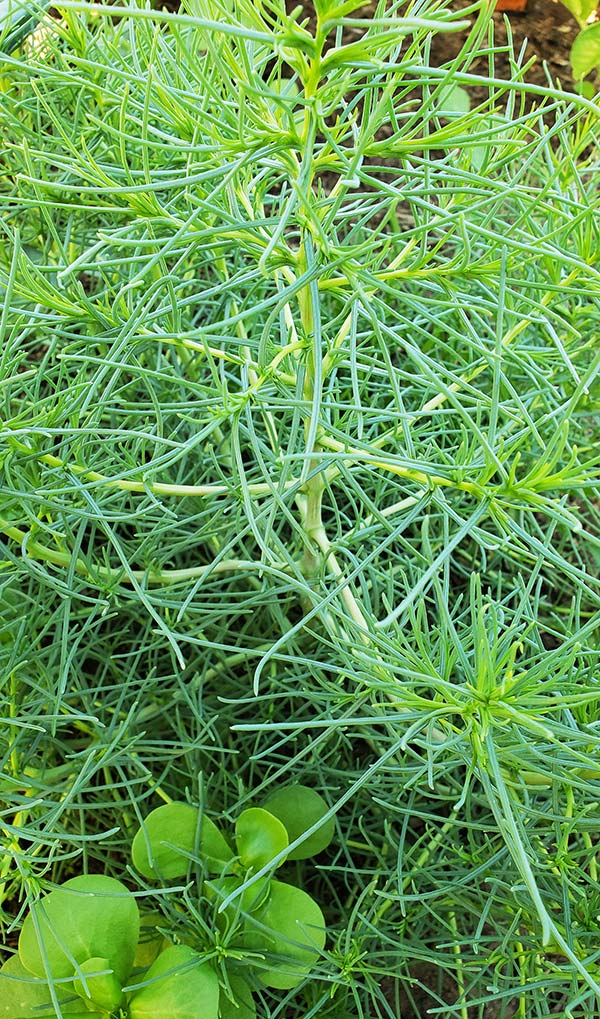
An odd man out in all this would be romeritos, which is a catchall term in quelites for any of the suaeda species — seepweed. Very similar to Italian agretti, romeritos are also cousins of one of my favorite wild vegetables, sea beans or saltwort. They are mostly eaten in central Mexico and are often cooked in mole, which seems weird to me given how delicate they are.
But quelites go way beyond leafy greens.
HERBS
There is a whole class of them that are herbs, seasonings. We’ve already mentioned epazote, which many of you will be familiar with. But there are others, and if you grow them you will be on your way to being able to get those mysteriously authentic touches you will want in your own cooking.
Most common of the herb quelites would be papalo and pipicha. Related, they are pungent herbs that can be used in place of cilantro — they are different, but you’d use them in the same way. I find papalo, which is Porophyllum ruderale, a bit too strong, even for me.
Pipicha, Porophyllum linaria, on the other hand, I love love love! It’s wispy and aromatic and tender. A little citrus, a little mint, a hint of… ozone? It is vaguely similar to cilantro, which is a European herb, but only in a galactic sense. You can buy seeds for it here. One bonus? It reseeds itself well. I have six volunteers in my garden right now.
I reckon that culantro, Eryngium foetidum, counts as quelites, too, because it is native to the Americas. It is why you see cilantro in everything in Latin America. Culantro, while not botanically related, has almost the exact same flavor as cilantro. Only culantro likes hot weather, while cilantro does not. You want both in a year-round Latin kitchen.
I’ve actually seen culantro in supermarkets in South Florida, and you can buy culantro seeds here. Beware: culantro needs heat and time to germinate. It can take three weeks before you see seedlings.

Another seasoning quelite would be hoja santa, Piper auritum. That actually grows wild in the Gulf region here in the United States, and it is a perennial here in Sacramento. Also called root beer plant, is has giant leaves often used to wrap things. It is indispensable in Mexican mole verde.
USES
Other than simply sauteed as a side dish like spinach, the uses of quelites are numerous.
I’ve seen them used as a taco filling, in tamales and empanadas, and in various guisados, which are thick stewy things you can either eat alongside rice or on a tortilla.
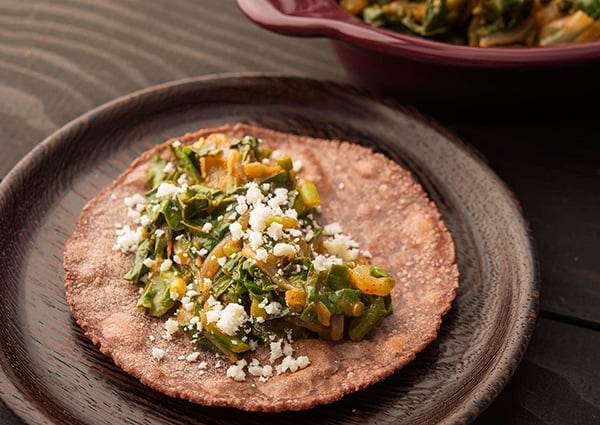
And as I’d mentioned before, the young seed heads of huauzontles are battered and fried and eaten like fritters.
I’ll post several of my favorite recipes for quelites here soon. Until then, grow your own and enjoy a bit of the wild side of Mexico!





Excellent article but please correct the pronunciation of quelites to not have the “kay” sound, this is a huge opportunity for improvementin how Spanish is taught in the USA. The “que” in quelites is an open “keh” sound. Same goes for words like queso or anything with “que”.
Xavier: You are 100% correct, thanks. My Spanish is much better since I first wrote that article. Will correct it.
I read your article with a great deal of interest. Growing up in south Texas, my paternal grandmother would cook with quelites. She also gathered medicinal plants and made tinctures and ointments. Having grown up in what was then the village of Monte Morelos, Mexico, and being native American she was knowledgeable of all of the quelites and herbs you mentioned. My favorite was amaranth. She would grind up the seeds on a metate, making flour and mix it with stone ground corn meal. Also ground on the metate. Cooked on a wood burning stove, the aroma would be a call to wake up and get out of bread for breakfast. A breakfast of hand patted tortillas and fresh butter made from our very own cows milk and cream. Thank you for your article. The names of the different plants had slipped from memory. With the assistance of your article, I was able to find the plants and their identifying pictures on line. Living on a fifteen acre ranch in south Texas, I found the majority of the quelites growing wild on my place. Thank you Thank you Thank you.
Rodolfo: That’s a fantastic story! Thank you for sharing it, and I am happy to be of some help.
so informative, thank you for this article! Would you mind sharing the mexican cookbooks you mentioned? 🙂
Another reason to avoid uncooked watercress is liver flukes. All cattle carry liver flukes and they just love to stand in water and disperse them. Quelites freeze in soups and stews much better than spinach. It doesn’t get mushy or disappear. Cheers!
Hank another great article! We eat lots of wild greens and you are turning me on to some more. Agretti is incredible but I had a hard time getting a second season out of them. My pursalane is just starting to sprout. Looking forward to seeing what you have as recipes go. It’s a staple over the summer.
George: The key to future agretti is to let at least one plant go all the way to fall. It’ll look gnarly, but it needs that time to ripen its seeds.
Which reminds me – I have some purslane seeds that I haven’t sown.
VERY useful information! Thank you.
Thank you for providing such wonderful information. It is truly appreciated.
Hey there! I absolutely love all you do! Can you please share a few book titles? I’m in the Sacramento valley and I KNOW some of these grow around here and truly- there is very little written about the “weeds” of this area. Thanks so much!
Kiohma: Not sure what you mean, book titles?
Muchas gracias for posting about these. I used to eat quelites out of my grandmother’s yard in northern New Mexico. Like you I tried to grow chipilin from seeds I brought back from Mexico but was unsuccessful. Please report if you ever are successful.
Teresa: Will do. I know they can grow it in Los Angeles. And my chaya plant is waking up after a winter’s sleep…
P.S. You don’t seem to have a Twitter presence but today’s post made me sing your praises over there: https://twitter.com/erictheise/status/1255884629799604226?s=20
Hank, I’ve been cooking for years out of Rick Bayless’ early books and I’ve always been frustrated and mystified at the difficulty of finding fresh, even dried, hoja santa, whose praises he sings. I was lucky to have the opportunity to spend time in Mexico City and Oaxaca City this year and consumed it in all forms (wrapped around cheese, baked into breakfasts, garnishing cocktails) until I felt like I got it. Would like to try growing some in San Francisco but couldn’t find a seed source anywhere. Where’d you get your starts?
Eric: Easy peasy. Buy a plant from Sow Exotic: https://sowexotic.com/products/hoja-santa-piper-auritum
Awesome, thanks!
There is a lot of dandelion growing on a street I walk my Yorkie near. I’ve been reluctant to pick it because I don’t know if weed killer has been put on it etc. it looks healthy. Is it ok to eat in a salad if I wash it completely?
Clay: I would not eat anything that might have had weed killer on it. Also, dandelions are really only good in cool weather. Once it gets warm, they get too bitter.
I’ve been calling Chenopodium giganteum tree spinach. I found it had self-seeded around the greenhouse when I moved into my place. It must have been planted at some point as I haven’t seen it anywhere else. Research says there is a variety from the Americas (also another from India.) it is a prolific self-seeder and beautiful with magenta centers.
Johnny`s does not have epazote seed can you provide another seller?
Low: Just Google “buy epazote seeds” and you should find someone.
Love this article. Why didn’t I know a lot of these Mexican greens? Thank you going to buy seeds now
Fantastic information. Thank you for sharing!
Hank — seems you got everything … Except wild mustard (Brassica) of any kind. Has to have been in the diet.
David: Most wild mustards were brought by Europeans, but yes, they are eaten where they occur.
Awesome!!! I live in Kansas and have never foraged for a while greens. Starting now that will change! Thanks so much
Hank,
Thanks – I have to keep my eye out for all the wild greens growing in my yard and neighboring area.